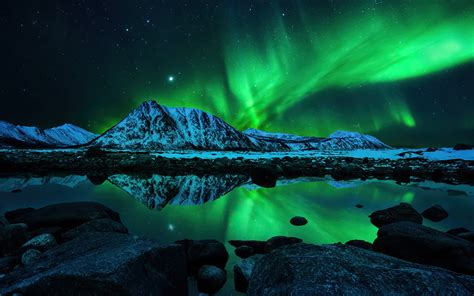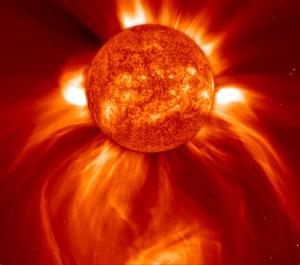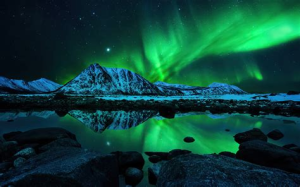
08 Oct Plasma formation process
You might think that there are 3 states of matter – liquid, gas and solid. However, there is a fourth and it’s called plasma. Plasma forms when a gas is heated to a point that the electrons can escape the nuclei. The bonds of molecules start to break, atoms can attract or lose electrons and as a result, ions are created. This indeed sounds like confusing chemistry!
Plasma can be created using microwave energy, any type of electromagnetic field or by using a laser, for example. Even though plasma sounds like a rare substance and only seen in science fiction TVs shows, there is a lot on Earth and it is the most common state of matter in the universe!
What makes plasma unique is its ability to conduct electricity and react to electromagnetic fields because it consists of particles that are charged. We have probably all seen the effects of an electromagnetic field on plasma when we’ve seen plasma balls in science museums. Similar to a gas, it has no shape or volume.
Some of the most awe-inspiring examples of plasma can be seen in nature. Lightning, sun flares, the Aurora Borealis, some types of flames and stars are all plasma. The Aurora Borealis, or Northern Lights, are a stunning display of coloured lights that can be seen in different areas of the northern hemisphere. The same occurs in the southern hemisphere but they are known there as Aurora Australis. The beautiful phenomenon is caused when gas particles from Earth meet with charged ones from the Sun. The most common colour seen by us is green which indicates the presence of oxygen molecules.
Surrounding us on a daily basis, plasma can be found in TV screens, arcs from welding, neon lights and fluorescent lighting. Believe it or not, static electricity is also an example of plasma. Lightning is plasma because of the extremely high temperatures involved. The gas breaks into many electrically charged particles, both negative and positive and this is what creates the lightning plasma bolt that we see.
Knowledge about plasma is a relatively recent event. Scientists only developed the concept in the 1950s although the term was used much earlier in the 1920s with scientists investigating the discharge of electricity.
One of the applications of plasma in industry is that of plasma coating. Find out more about this, known as plasma spraying and many other methods of coating like Electroless Nickel Coating at a site such as https://www.poeton.co.uk/standard-treatments/electroless-nickel-plating/
Plasma spraying involves shooting extremely hot particles onto a substrate. Ideally, the substrate will have been blasted prior to spraying so as to give it a coarse texture. When the molten particles land on the surface, they cool and stick to it. The method can be repeated until a hard layer has accumulated onto the surface material. The method and plasma can be varied to give the desired effect and properties that the finished item needs to have.



No Comments